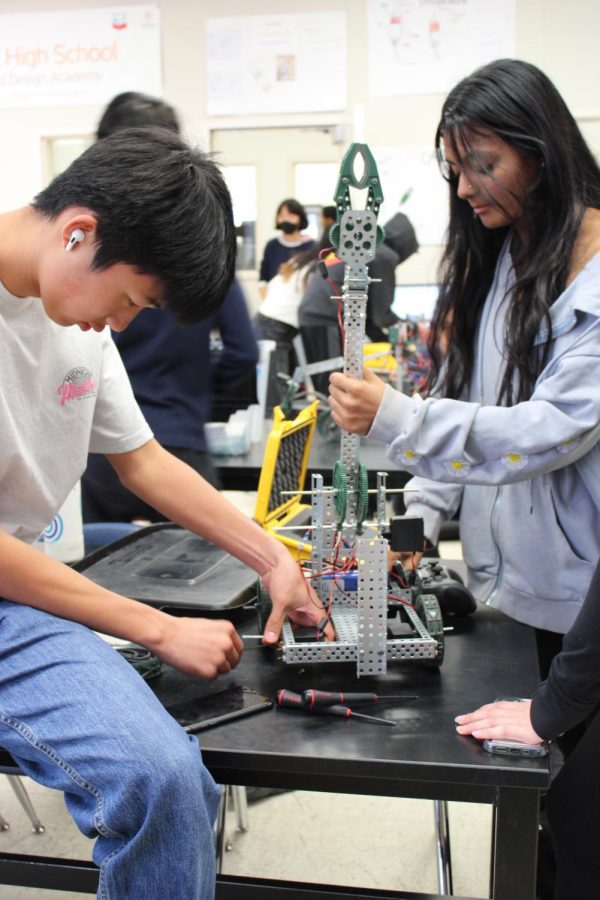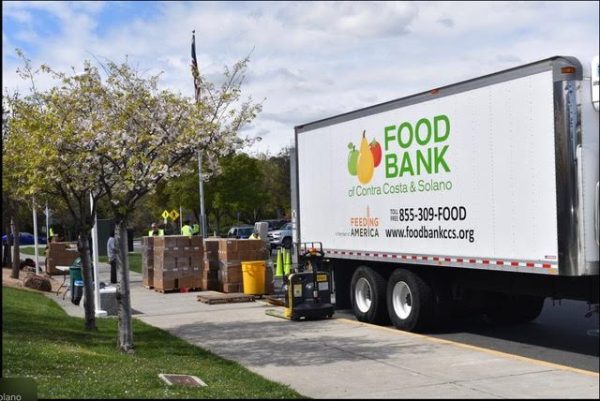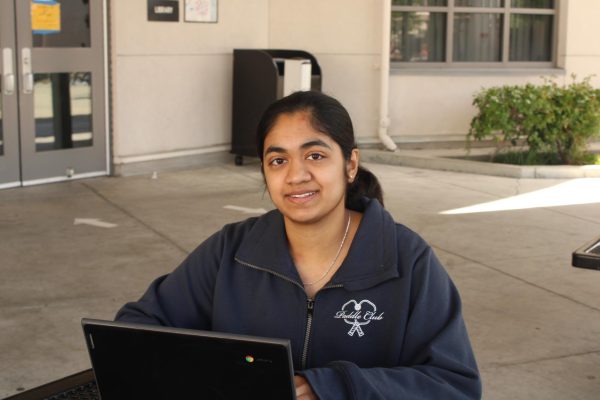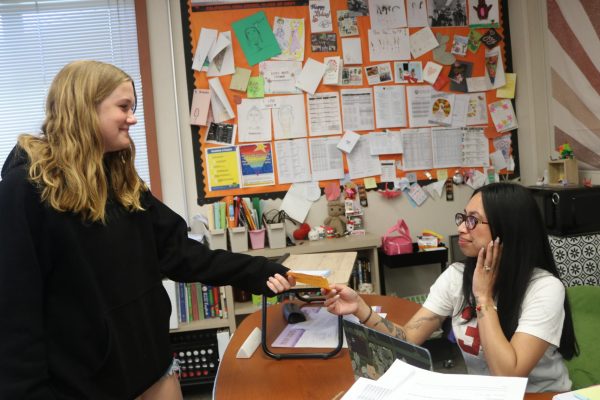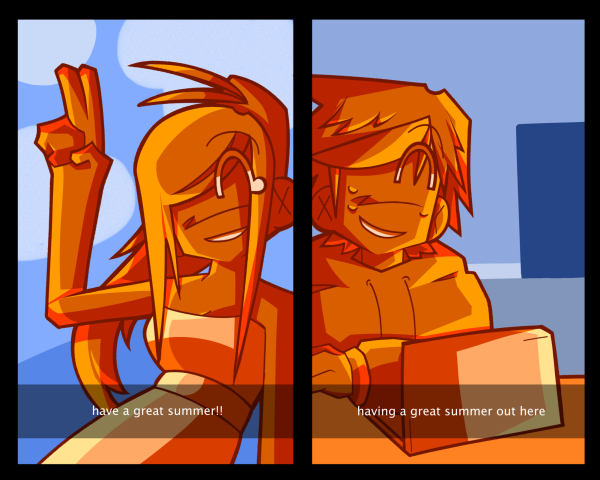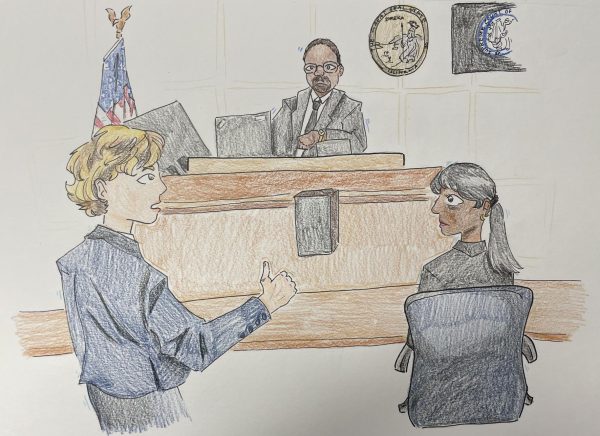Cal Robotics qualifies for states for third year in a row
Teams place 35th and 39th in VEX Robotics Competition Region 2 state championships
Sophomores Benjamin Seo, left, and Saesha Ray build a robot. The students are part of one of Cal robotics’ several Cubs teams that are being trained to eventually compete.
After nearly a year of work, Cal High’s robotics teams once again proved their engineering expertise at the California state championships.
The two teams that competed at states placed 35th and 39th out of 50 total teams on March 11 in Tracy and March 12 in Milpitas, respectively.
The Cal High Robotics Club has three teams that participate in the VEX Robotics Competition (VRC) program. The VRC competitions are organized into three levels: local, state/regional, and world.
California is divided into four regions because of its large size, with Cal falling in Region 2. Rather than one state championship, there are four, one for each region.
This year, two Cal teams made it to the California Region 2 championship tournament, while the third team reached the semifinals round during a local competition.
Each year, all teams participating in the VRC are given a challenge which they compete to solve. This year it was dubbed “Spin Up” and consisted of a playing field with discs and goals.
“This year, we actually have to shoot discs into a Frisbee goal,” senior and club president Ketan Mittal said. “Basically, you have to shoot as many discs as possible.”
Cal’s teams began work on this season’s robots in June of 2022. They built the robots out of parts distributed by VEX Robotics.
“[The robots] are made of metal pieces,” senior team captain Arpita Gupta said. “[The material] is called C-channel, but it’s basically a metal rail.”
The teams came up with a design for their robot, building the structure out of pieces of C-channel and adding moving components, such as electronic and pneumatic devices.
“We first brainstorm what possible mechanisms you can build for each part of the [Spin Up] game,” sophomore Prisha Sinha said.
Sinha said the robots needed a way to shoot discs into raised goals, push discs into lower goals, spin colored rollers to display their team’s color, and finally, expand to as large as they can get.
Making a robot that can meet all these demands isn’t easy, so the team members invested a significant amount of time into their efforts. Senior Kushal Dave said each team spent eight hours per week on the development of their robots.
Cal’s three teams are labeled A, B, and C. Teams A and B are the teams that competed in the state competitions this year. Each team has five to six members.
“As captain, I take part in a lot of the different processes that go into building the robot, whether that be designing, building, or team management,” said Gupta, who is captain of Team A.
The captains also lead and mentor the newer members. The club’s adviser John Reed said he has little direct influence on the teams’ robots.
“I do a fair amount of administrative work,” Reed said. “But I also mentor the students and get them to the point where the senior members can mentor the younger ones […] I don’t have to go around to all of [the members] individually and give them instruction.”
Not every team gets to compete at the state championships; there are a few ways to qualify.
One way to qualify is to win an award at a local meet. Team A won a Design Award at a local competition in Lathrop on Feb. 25. The Design Award is presented to a team based on two criteria: their performance in interviews with the judges, and their engineering notebook, a journal of the team’s entire design process.
Team B qualified in a different way. Their robot performed highly in skills tests, which are a different type of competition. In skills tests, the robot performs individually, rather than competing against other teams. Team B is ranked 51st in California Region 2 for skills, which qualified them to compete at the championship.
Aside from working on their robots, the team members also spend time mentoring the Robotics Club’s training program, called Cubs. This is the program through which prospective team members can receive training and eventually become a part of one of the competition teams.
“Mostly we have freshmen and sophomores that come into that [Cubs program] to learn the basics of robotics,” Gupta said. “As they progress, we evaluate their skills. If they make it onto a competition team, they actually get to go to the competitions.”
Cal’s robotics teams have qualified for the state championships for three years in a row now. As the teams continue to improve, the team members hope to one year qualify for the world championships.

Senior Christine Wang has no idea what her role is, but is happy to be a part of the Californian. She often struggles to do most of her work because she...
